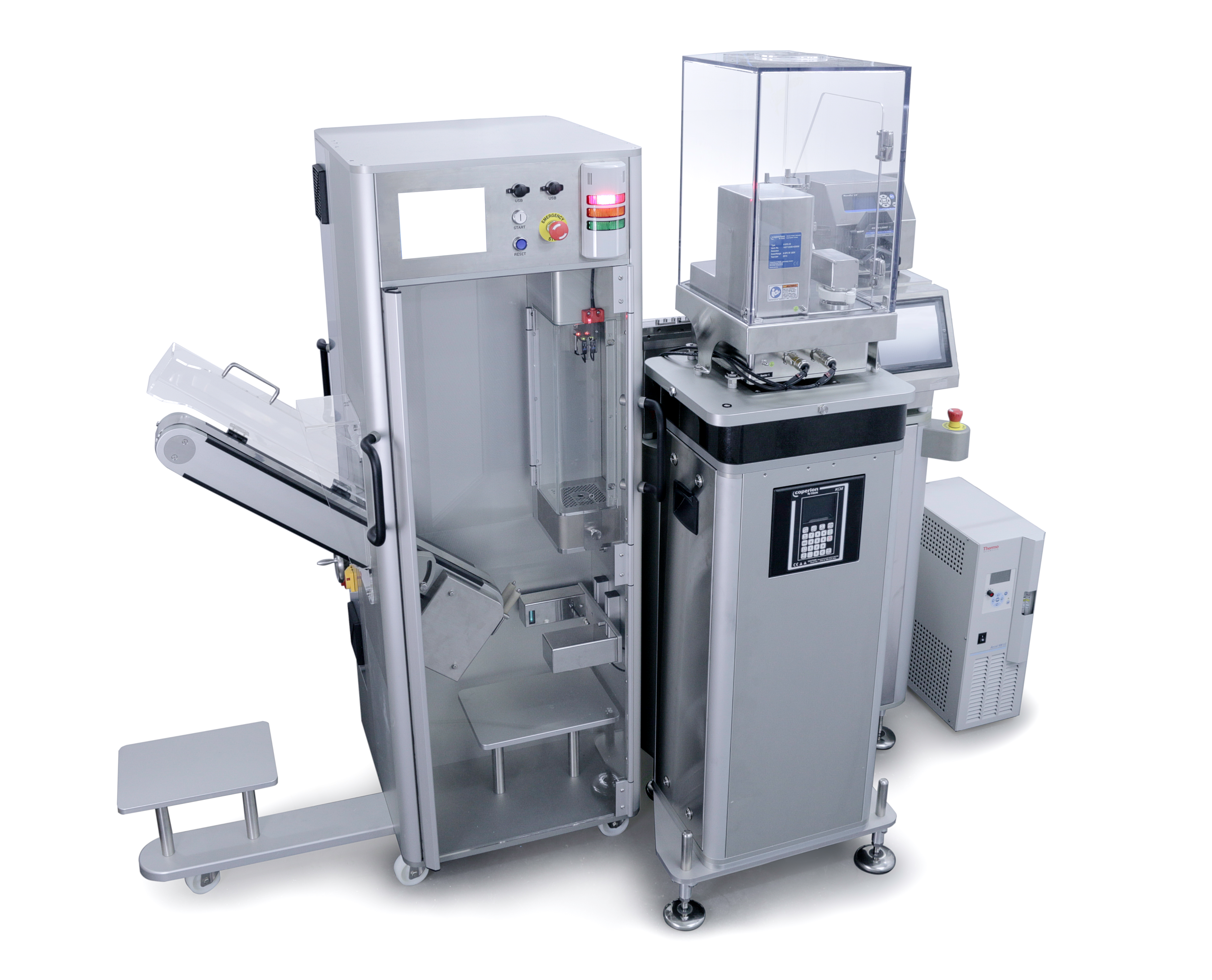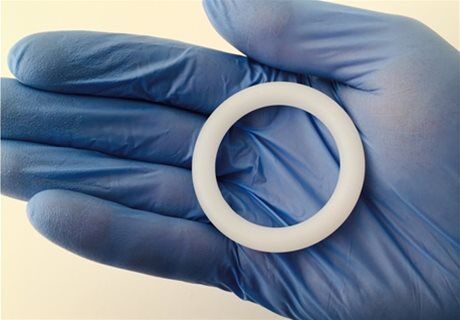Driving excellence in aseptic fill-finish: Our strategic partnership with Stäubli Robotics
At 3P innovation, we engineer automation with purpose - solutions that don’t just meet the demands of aseptic manufacturing but redefine what’s...
4 min read
Dr. Dave Seaward : 12 April 2021
 'Throughout a career some conversations are significantly more influential than others. I recall discussing technology development over lunch with a senior big pharma executive back in the early 2000’s. The big pharma company in question was trying to become more agile. They sent me an article about the Gossamer Condor human-powered plane. The mantra of finding success from “Fail early – Fail fast”, has stayed with me.
'Throughout a career some conversations are significantly more influential than others. I recall discussing technology development over lunch with a senior big pharma executive back in the early 2000’s. The big pharma company in question was trying to become more agile. They sent me an article about the Gossamer Condor human-powered plane. The mantra of finding success from “Fail early – Fail fast”, has stayed with me.
Let’s rewind to 1959, when a British industry magnate Henry Kremer offered the then eye-watering sum of £50,000 for the first person to build a human-powered plane that could fly a figure eight around two markers half a mile apart. He offered a further £100,000 to fly across the English Channel. Henry made his money from inventing special wood products such as the plywood that went into the WWII wooden Mosquito light bomber (incidentally the Mosquito carried special 57mm 6lb guns developed by one of my previous employers).
Lots of teams tried and failed to win the prizes. It was looking increasingly impossible, until serial inventor Paul MacCready, decided to get involved. He reframed the problem when he realised that people were solving the wrong problem. “The problem is,” he said, “that we don’t understand the problem.”
His insight was that everyone was trying to solve the problem of trying to design a light weight human-powered airplane – not unreasonable you might think? Typically, failing teams would spend a year designing and building a plane based on some basic concept and lots of theoretical calculations. Following a year’s worth of work, planes would typically smash into the ground or a pilot would be exhausted after just a few hundred metres of flight.

With just one data point, another year would then go by on iteration number two. Progress was slow to say the least.
MacCready realised that the design and development process was the problem and not human-powered flight itself. He reframed the problem as being able to design a plane that could be quickly reconfigured. Using the so called “fail early/fail fast” paradigm, he designed a reconfigurable kit of parts using Mylar for the surfaces, and tension wires/aluminium tubing for the structure.
Like everyone else, and as you might expect, his first plane didn’t work. He could, however, reconfigure the design based on empirical feedback within a few hours. He was able to test 3-4 designs a day. After 6 months, MacCready’s Gossamer Condor won the prize. The Gossamer Albatross then flew across the English Channel about a year later.
This story stayed with me and has helped to reframe problems that clearly need iterative development. The path to success is through “fail early/fail fast”. As a friend of mine recently put it: “I think failure is being stigmatized, so I would call it rapidly testing our hypothesis and that we are going to go through intense prototyping to learn, learn, learn.” – I guess that sounds better.
Wind forward around a decade from my conversation with the senior pharma executive. I find myself consulting with a vaginal ring company, The International Partnership for Microbicides (IPM). They were developing a silicone rubber based intravaginal ring containing the microbicide dapivirine as a way of preventing infection by human immunodeficiency virus (HIV) in women.
Silicone rubber is highly viscous and comes as two parts which must be mixed prior to injection moulding. The active pharmaceutical ingredient (API) dapivirine is a micronized powder that tended to agglomerate. Two materials that really do not want to be mixed uniformly. Ensuring the right amount of drug in each ring is essential: so-called content uniformity. When 3P became involved, IPM where struggling with content uniformity and were investigating multiple different ways of introducing and mixing the API with the rubber.
At the time, content uniformity was determined by HPLC and prior to running an assay rings had to be dissolved in a solvent over many days. This created delays in obtaining results from field trials. It was typically taking 3-4 months to hold meetings to agree a test protocol, source raw materials, rent or buy process equipment, carry out tests, and finally wait for the results. Each test run ended with yet another failure.
I hope this sounds familiar.
We reframed the problem into rapid measurement of content uniformity. We wanted an at-line rather than off-line measurement of content uniformity. From other projects, we felt a solution may lie with the use of a spectral instrument. To that end we trialled various spectroscopy technologies and found that Raman gave excellent results within 90 seconds. 90 seconds versus 3-4 months!
With hindsight, we “got lucky”. The majority of the ring is silicone which actually has a relatively weak Raman response whereas the few milligrams of API gave a strong response. Crucially, the peaks in the Raman spectra between API and silicone didn’t overlap.
Once “armed” with a working rapid assay tool, a team was assembled in Switzerland with various raw materials and a variety of mixing equipment. Different mixing strategies could be trialled rapidly one after another. Assays could be provided from different places within a mix effectively in real time. Changes could be rapidly made to the mixing process to address say areas that saw low API or areas with high API content.
Typically, the team ran 3 trials a day (versus one every 3-4 months). Over the space of 2 weeks the content uniformity developed to be consistently within specification. The project was finally able to move on knowing that the mixing process was robust.

Typical Vaginal Ring Raman responses (API circled in red and silicone in Blue)
Wind forward again to 2020 and the European Medicines Agency “provided a positive benefit-risk opinion” on the ring for HIV prevention (see more here).
During my career, I have probably interviewed approaching to 1,000 engineers and the best interviewees, who have subsequently turned out to be great engineers, are nearly always able to demonstrate a passion for technology from an early age. This is often associated with a love of Lego™ (which I have to confess to).
Reminiscing about my own childhood, I would spend hours “inventing” my own devices (typically planes/rockets/Thunderbird vehicles/buildings). I wasn’t afraid to pull a Lego™ model apart and start again: with hindsight Lego™ is the perfect embodiment of a “fail early, fail fast” toolkit.

I hope you enjoyed these two disparate examples of why embracing failure can be a big positive. Now you know what links man-powered flights and vaginal rings!
This is a two-part blog, so if you enjoyed part 1, look out for part 2 ('Has Pharma found its skunk?') coming soon'.
Gossamer Albatross II photo credit: Nasa via 'https://www.nasa.gov/centers/dryden/multimedia/imagegallery/Albatross/ECN-12604.html'
Vaginal ring photo credit: NIAID via 'Vaginal Ring | A silicone vaginal ring identical to those us… | Flickr'
Lego photo credit: A Lego Space centre By NASA/Bill Ingalls - NASA Image of the Day.

At 3P innovation, we engineer automation with purpose - solutions that don’t just meet the demands of aseptic manufacturing but redefine what’s...

Pharmaceutical extrusion is a critical enabler in the manufacture of advanced drug delivery systems, from long-acting injectables to solid implants....

Before delving into some technical details of cell and gene therapy manufacturing, it’s worth pausing to reflect on the human stories that drive this...
